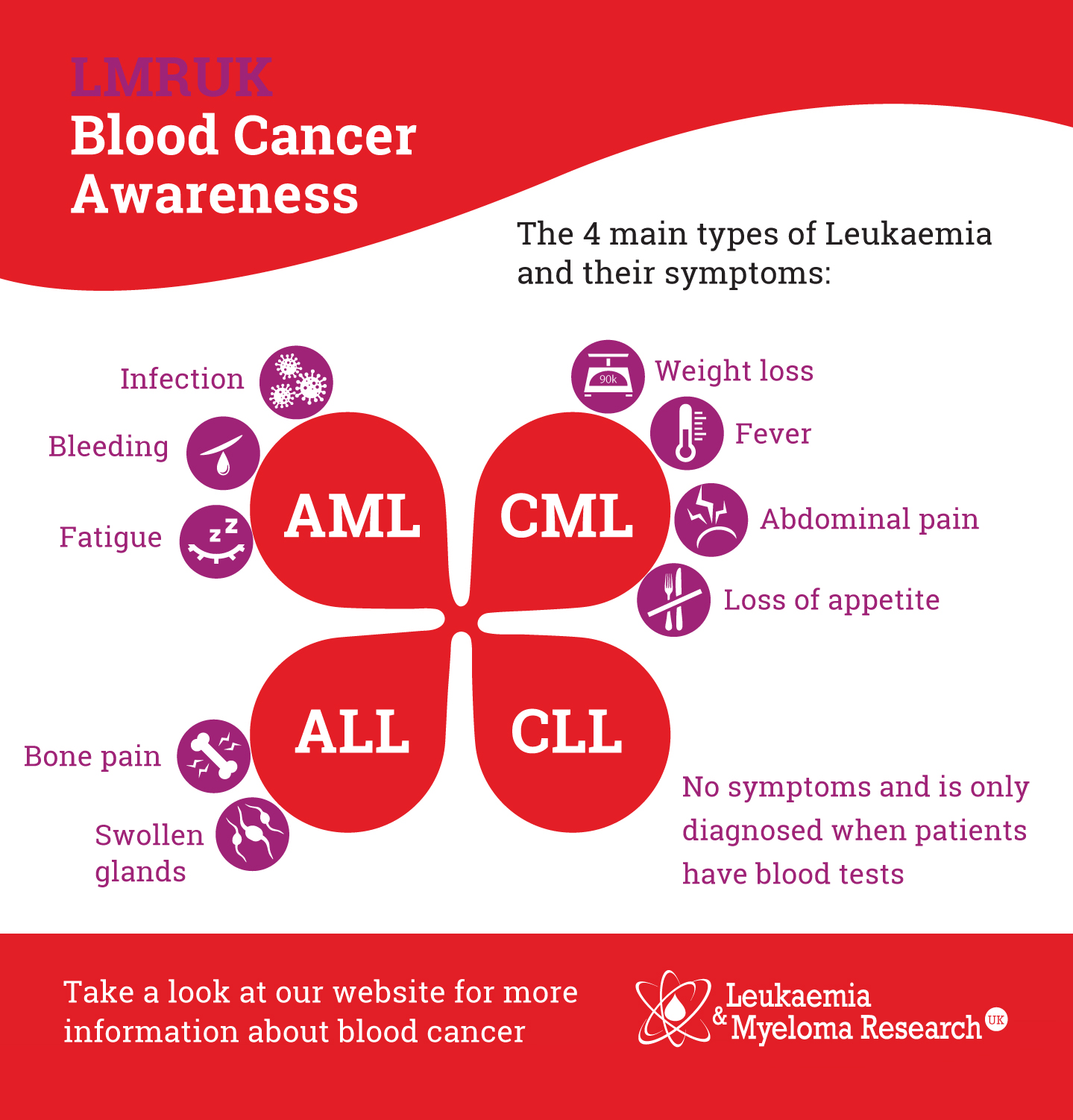Cerebral palsy (CP) is a physical disability that affects movement and posture. It is a permanent life-long condition, where the brain injury is stable, but co-occurring orthopedic conditions can worsen over time. It is due to damage to the developing brain either during pregnancy or shortly after birth. Cerebral palsy is the most common physical disability in childhood. Worldwide, the incidence of cerebral palsy in high income countries is 1 in 500 births. There are currently 17 million people in the world who have cerebral palsy.
Today, the CP Alliance Research Foundation is the leading international organisation supporting research to find cures for cerebral palsy.
The latest initiative from the CP Alliance Research Foundation is the Xcellerate proposal, an Australian-American research consortium into stem cell therapy for cerebral palsy. The ambitious Xcellerate proposal plans to raise USD 20 million over five years to cover cerebral palsy research using three types of cells: umbilical cord blood stem cells, mesenchymal stem cells, and induced neural progenitor stem cells. At least three research institutions will be funded to participate in the study and compare their results head-to-head.
Stem cell research has been ranked by people with cerebral palsy (and their parents) as their second highest research priority after prevention of cerebral palsy. The CP Alliance both funds stem cell research on cerebral palsy and provides guidance to families considering stem cell interventions.To date, five clinical trials have been published1-5 that demonstrated the effectiveness of stem cell treatment for cerebral palsy. These five studies had a cumulative enrolment of 328 patients. A meta-analysis6 led by CP Alliance Research Foundation compared these five previous studies and concluded that stem cell interventions for people with cerebral palsy had a small but statistically significant impact on gross motor skills, over the follow-up period of six months, with the most efficacy seen from umbilical cord blood stem cells. The data were insufficient and too heterogeneous to compare cognitive effects. Serious adverse events reported in these trials were low (3% stem cells; 2% controls), suggesting an acceptable benefit to risk ratio. The meta-analysis concluded that more randomised controlled trials are needed to determine which stem cell therapies have optimum impact for cerebral palsy patients.
To read more about the work and to find a link to a video of Prof Iona Novak, head of research strategies for CP Alliance, giving a talk about the Xcellerate research program click here.







